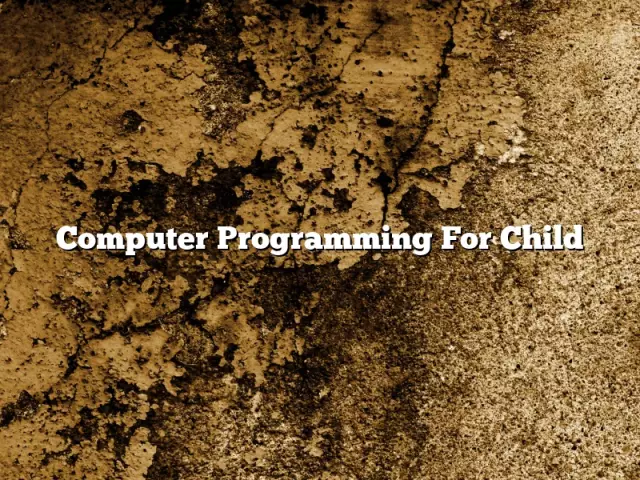- Author Rachel Wainwright [email protected].
- Public 2023-12-15 07:39.
- Last modified 2025-11-02 20:14.
Children and pets: we comply with safety rules
A lot has been said about the benefits of pets for child development. But many parents are still in no hurry to have pets, fearing that they will harm the health of their children. What troubles really lie in wait for kids and how to make family life, if there are pets, comfortable and safe?

Source: depositphotos.com
The number one problem is, of course, allergies. It is not necessary to get rid of the animal while waiting for the child - no one can predict whether it will develop in a newborn. But you shouldn't specially get a puppy or kitten during your pregnancy - it is better to wait until the baby is at least two or three years old.
Allergy occurs both to the fur of the animal and to its epithelium, saliva or urine, that is, a smooth-haired cat or dog will not necessarily be hypoallergenic. The only pets that do not cause allergies are reptiles and aquarium fish. But food for them can also be allergenic.
If parents have a suspicion that the baby will be allergic to an animal, it makes sense to carry out special allergy tests in advance. Some clinics can do tests for a specific cat or dog, but this service is not available in all cities.
A healthy microclimate in the house and regular wet cleaning contribute to the prevention of allergies. In order for the pet to release fewer allergens, it is worth bathing and combing it regularly.
Fleas, ticks and worms are not life companions
Surprisingly, some people still believe that both dogs and cats are always infected with parasites. Of course, a pet can easily become infected with them. Moreover, the connection between the presence of fleas and worms is the most direct: fleas often carry them. But just to prevent infection with helminths, many means have been created, which are mandatory given to small puppies and kittens, and then quarterly to adults. Fighting fleas is even easier - there are tons of shampoos, collars, sprays and drops on the market that last for several months. First you need to get rid of fleas, if any, and then give the animal an anthelmintic drug.
It should be noted that worms and fleas can be found not only in cats and dogs, but also in small rodents. A fluffy rabbit or guinea pig also needs proper maintenance. However, you need to buy drugs appropriate for the type of animal. If you are unsure of which medicine is suitable for deworming, check with your veterinarian.
A more acute problem is with ixodid ticks - a dog or cat can catch them even with a simple walk in the grass. Animals do not get encephalitis, but they have specific diseases - piroplasmosis (in dogs) and hemobartonellosis (in cats). For humans, these diseases are not dangerous, and for animals, if left untreated, they are likely to be fatal. During the period of tick activity (from spring to late autumn), it is necessary to regularly treat the animals with special preparations and check the wool after a walk.
Are animal diseases dangerous for humans?
Of course, many pet diseases are dangerous to humans. Therefore, animals must be given preventive vaccinations.
- Rabies. All dogs and cats must be vaccinated against rabies. Rabies in pets is extremely rare. So if your child is bitten by a pet dog that has a valid vaccine, don't panic. If the vaccination is not made, the animal will be monitored by veterinarians for ten days. If a dog or cat bites you, you should immediately rinse the wound under a strong pressure of water and treat it with an antiseptic.
- Leptospirosis. Another mandatory vaccine for dogs is the vaccine against leptospirosis: this dangerous disease is transmitted to humans. It is also carried by rodents, so a dog can become infected simply by catching a mouse.
- Toxoplasmosis, chlamydia and salmonellosis. All of these diseases also have a risk of contracting from pets, including rodents. Poultry can be infected with the last two diseases on the list.
- Dermatomycosis. Many fungal infections can be transmitted from animals to humans if they are immunocompromised.
- But people do not get sick with feline and canine flu, viral enteritis. Accordingly, we cannot infect animals with our viral disease.
Regular check-ups with a veterinarian, preventive vaccinations, and hygienic care of animals reduce the risk of infection to a minimum. The pet is not able to tell that he is sick, so only the attentiveness of the owners will help here.
Injuries and bites
But injuries in children when dealing with pets are, alas, very frequent. There is one safety rule here: never leave the baby and the animal alone, without adult supervision. A large dog can drop a child simply by hitting him with his tail. A cat can scratch if a child touches it.

Source: depositphotos.com
Dogs and cats quickly get used to the fact that a new family member has appeared in the house, but they should not be allowed to jump on a crib or stroller. Animals are motivated by simple curiosity, not aggression, but their jumping is dangerous for a child.
When the baby grows up, you need to explain to him the rules of behavior with animals: in no case take food from the bowl, do not pull the wool or beat. Then there will be no provoking factors that can lead to trouble. Of course, children are prohibited from stroking other people's animals without permission, because they will not necessarily turn out to be good-natured.
When starting a pet, parents should understand that responsibility for the health of the animal - and therefore for the health of the child who plays with it - falls on their shoulders.
YouTube video related to the article:

Maria Kulkes Medical journalist About the author
Education: First Moscow State Medical University named after I. M. Sechenov, specialty "General Medicine".
Found a mistake in the text? Select it and press Ctrl + Enter.






